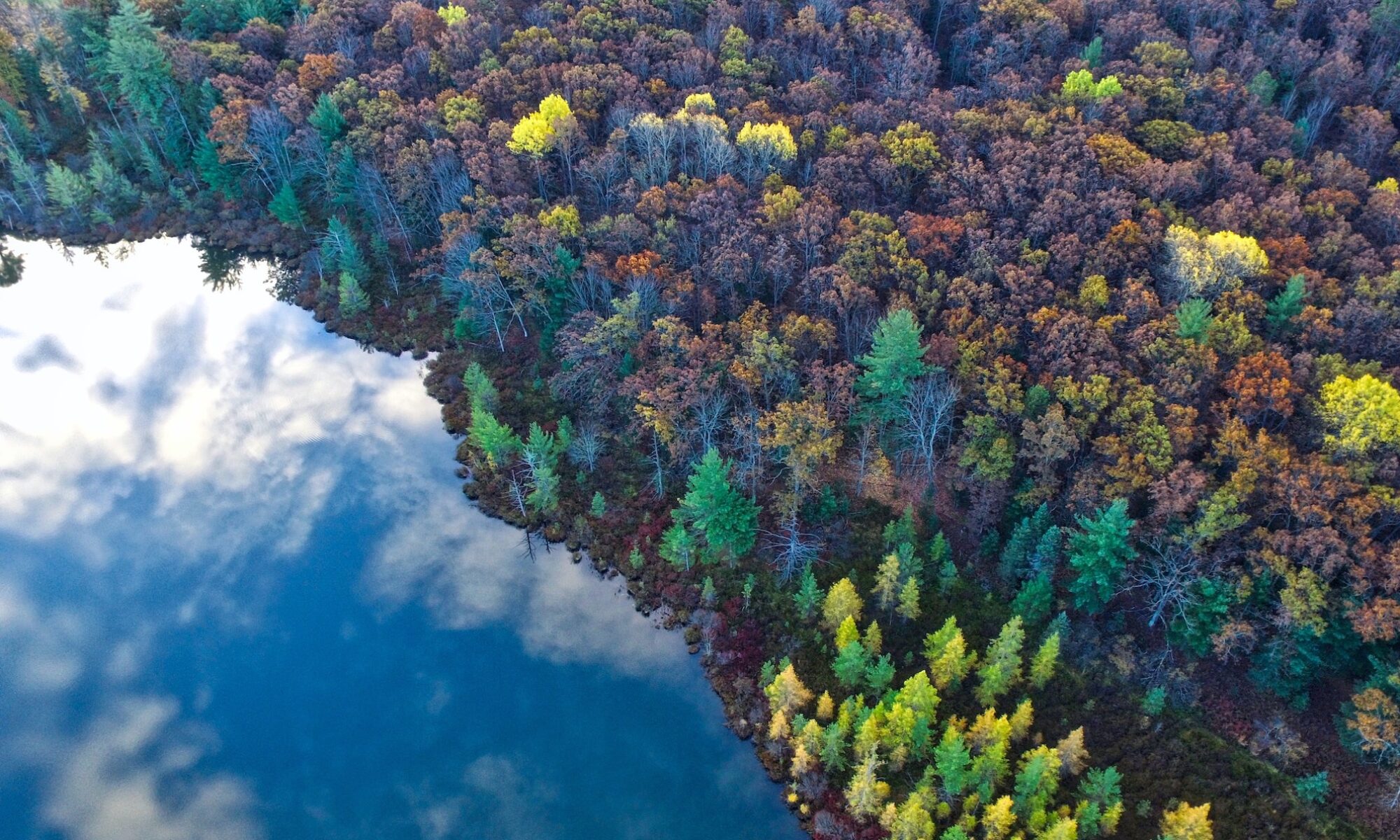The Tribunal made the following significant points in its judgement:
- “Persecution” required an element of discriminatory motivation. Citing Applicant A & Anor v MIEA & Anor (1997) 190 CLR 225, and Ram v MIEA & Anor (1995) 57 FCR 565 the Tribunal pointed out that persecution with the meaning of the Convention must involve an intentional discriminatory element connected to one of the protected grounds. (48-50)
- No agent of persecution identified. As the applicant was unable to establish that there was any specific actor with the intent to persecute persons like him, the Tribunal held that any persecution was not happening for reasons of the applicant’s membership in a particular social group. The Tribunal considered that “[t]hose who continue to contribute to global warming may be accused of having an indifference to the plight of those affected by it once the consequences of their actions are known, but this does not overcome the problem that there exists no evidence that any harms which flow are motivated by one of more of the Convention grounds.” (51-52)
- The existence of climate migrant protection mechanisms in other jurisdictions was not persuasive. The applicant submitted evidence about protections afforded climate refugees in the Swedish Aliens Act, and a broader definition of refugee in the 1969 Convention Governing the Specific Aspects of Refugee Problems in Africa. The Tribunal recognized the existence of these protections but held that it was bound to apply the law as it currently stands in Australia. (53)
Potential takeaways for future climate migration litigation
- This case highlights the challenges of asking for Australian adjudicators to expand recognized Refugee Convention protections to climate migrants. Climate migrants who can establish a specific climate change impact on a particular social group to which they belong, or who can tie the impact of climate change to particular discriminatory intent, will be more likely to succeed with claims in the Australian jurisdiction.
- This ruling is in line with other decisions from the region; see, e.g., AV (Nepal) (New Zealand case denying refugee status to applicants fearing return to Nepal after a destructive earthquake).
Pages: 1 2

